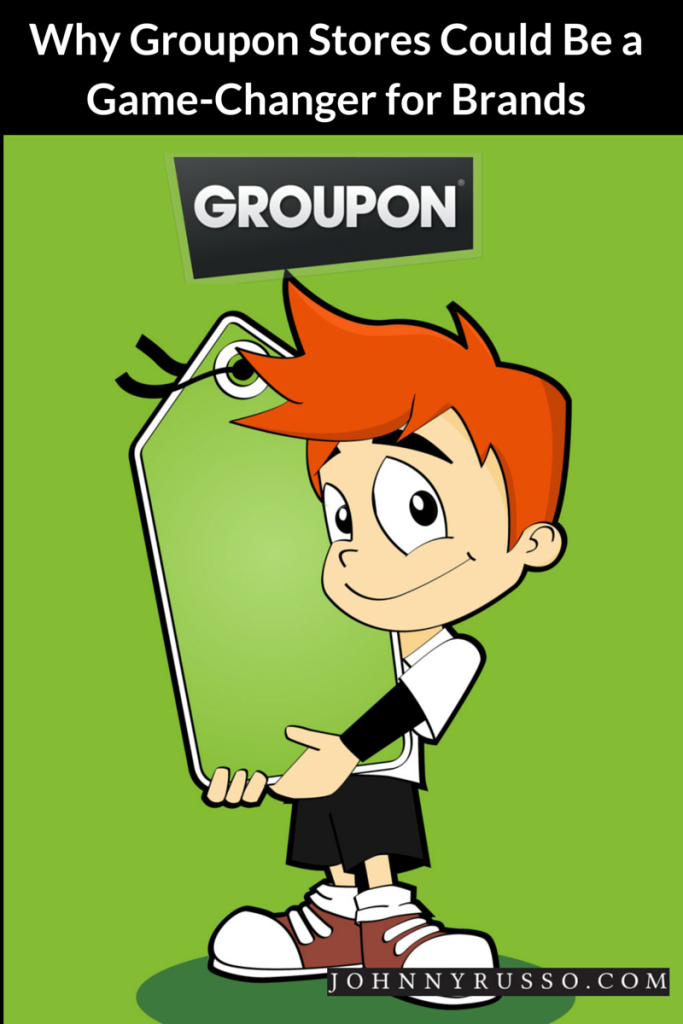Towards the end of March 2015, Groupon announced that it was piloting a project called Groupon Stores.
Everyone’s familiar with Groupon, the pioneer of daily deals, and the incessant emails that follow. However, in the last few years, they have launched cash back deals for groceries, a travel app, a platform that allows companies to set up their own Groupon deals, and now Groupon Stores is set to launch.
Sources inside the Chicago-based Groupon told Re/code that they are testing out a concept with a few brands that will eventually allow any product brand or retail operation to set up its own storefront.
How Does Groupon Stores Work?
In an effort to slowly chip away at Amazon and eBay, the premise of Groupon Stores is essentially to liquidate items. They do not want to compete against your own webstore or Ecommerce site, or to remove your marketplace from Amazon, eBay, or any of the many other marketplaces.
They would like brands to list a few of the products they want to liquidate.
And while Groupon currently sells products in which they hold the inventory, the concept for Groupon Stores has the brand holding the merchandise, and then drop-shipping the products to Groupon customers.
Best news of all is that according to various sources, they will be no setup fees.
As the Groupon Stores FAQ section states: “Unlike Amazon and eBay, the Groupon Stores marketplace is meant for a select number of your products that you’re looking to liquidate or promote through a discount.”
What’s the catch you may ask?
The Cost of Doing Business on Groupon Stores
Well, there’s 2 things.
- Groupon Stores requires that products be placed at lower prices than Amazon, eBay, or anywhere else they may be listed online, by at least 5% or more.
- While there is no listing fee, Groupon will take a 15% commission on items sold.
Before you get up in arms over the commission, take note that’s Amazon’s commission and fees can be upwards of 20%. Not only that, but Groupon has been making some impressive inroads in the last little while.
Groupon PR chief Bill Roberts told Re/code that this “is a huge, untapped opportunity for us to turn the Groupon marketplace into even more of an online and mobile shopping destination by increasing our inventory and bringing the power of our platform to even more merchants.”
Some Groupon Stats to Chew On
Here are some numbers that Groupon has built in only 5 years:
- Groupon’s iPhone app is currently the sixth-most popular in the Apple App Store
- Groupon has 260 million global subscribers
- The Products, or Goods, division has been a hugely successful category for Groupon since it launched in 2011. Product/Goods revenue were $1.8 billion in 2014, roughly 56% of its total revenue.
- And according to Fool.com, in the fourth quarter of 2014, Groupon’s Goods segment produced $595 million in sales and a $66 million gross profit while Local, the name it uses for its coupon/deal business, took in $833 million, delivering a $279 million gross profit.
The Good News for Brands
With the growth of Alibaba and AliExpress, the barriers to entry to sell discounted products is quite low. So Groupon keeps trying to find a more sustainable business model, something to actually help, and not hurt, retailers.
If you’re a brand, and have either never tried selling products or services on group buying sites like Groupon, Tuango, or nCrowd, or been burnt doing so (as in lost money), Groupon Stores is actually a chance for your brand to turn a profit while not hurting the brand, or at least rid yourself of aging inventory that is taking up warehouse space.
The 260 million global subscribers Groupon has is a huge reason to use Groupon Stores as a liquidation channel for a new and/or improved revenue stream.
Would your brand list on Groupon Stores?




Leave a Reply